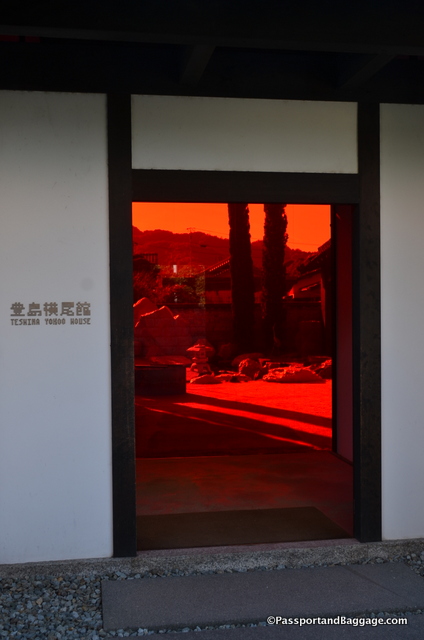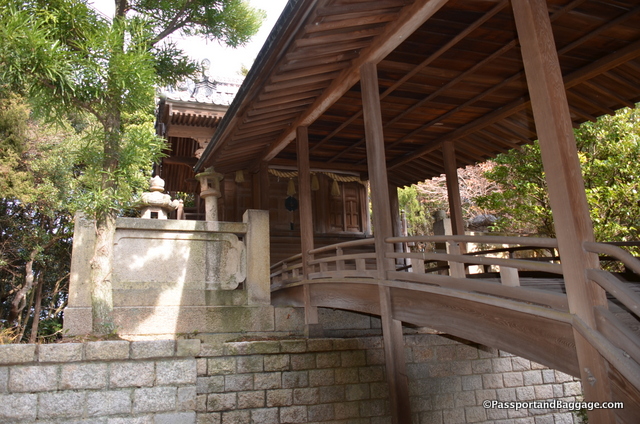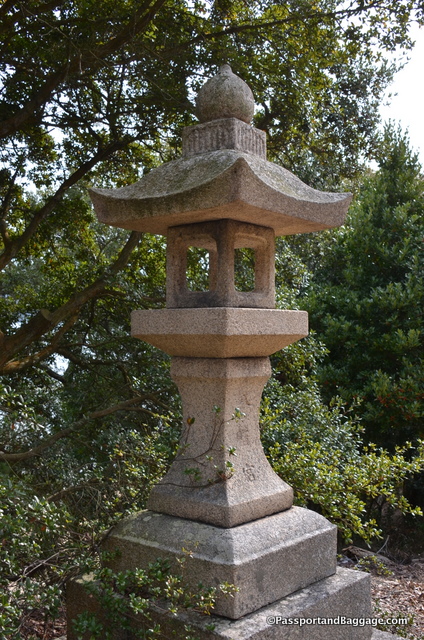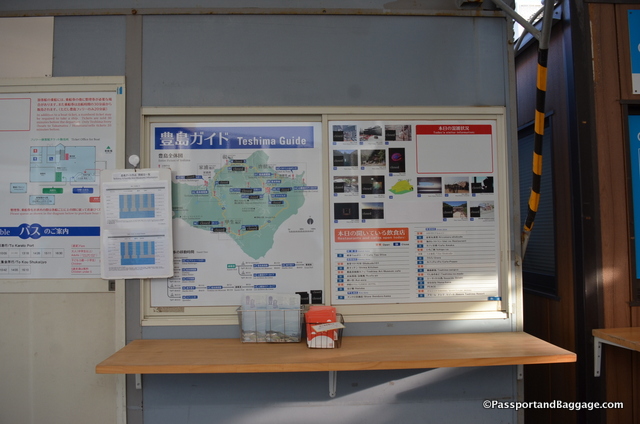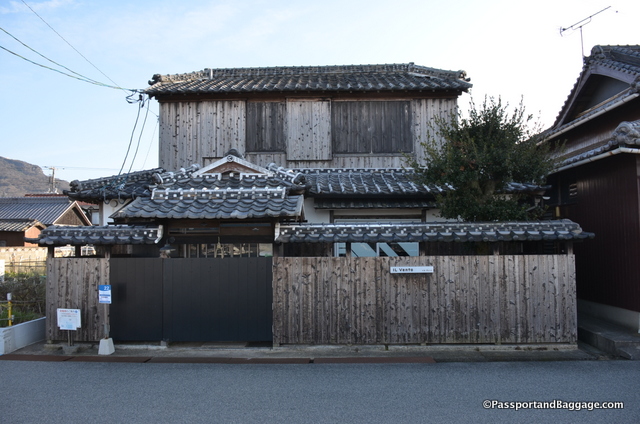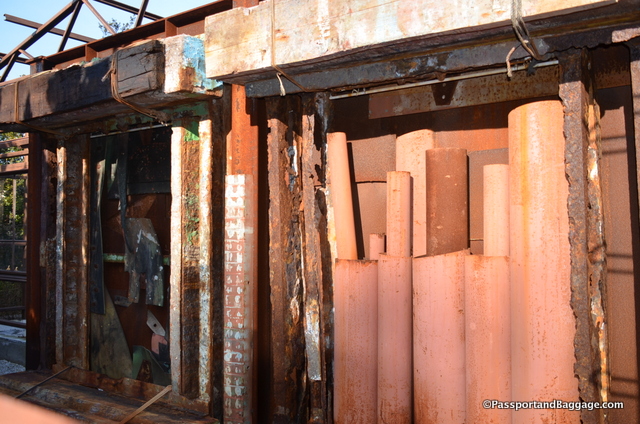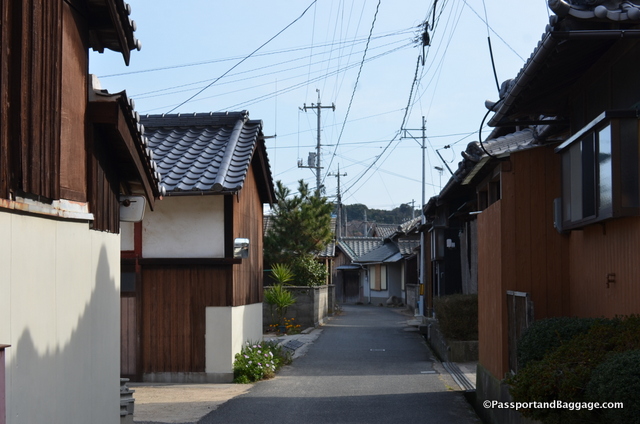December 2017
Teshima is a rural island in the Seto Inland Sea that, with the nearby islands of Naoshima and Inujima has become a destination for contemporary art. The island also serves as one of the venues of the Setouchi Triennale art festival that is held in the region.
The main attraction is the Teshima Art Museum, but there are other exhibits as well. It was winter when I visited, so many were closed, but that also meant, what was open had easy access (no lines).
One of the other permanent artworks on the island is Les Archives du Coeur (“Heart Archives”), it is located in a small building along the beach in the eastern outskirts of the Karato port area. For ¥510, it is one of the multiple locations across the world where visitors can make recordings of their heartbeat and listen to the recorded heartbeats of other people in a slightly unnerving environment. French artist, Christian Boltanski is the creator of the project and has been doing this since 2008.
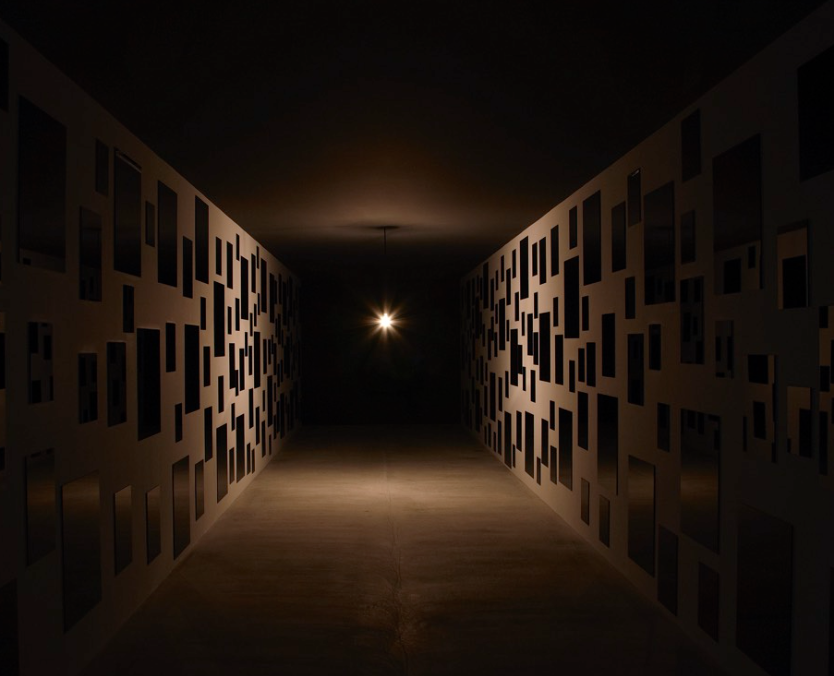
When you enter the gallery it is dark, the small light bulb goes on with each heartbeat. It takes a very strong beat to actually light the room enough to see the walls.
I had gone in and thought to record your heartbeat a little weird. However, after you leave the main exhibit hall there are small computers with high-grade earphones to listen to other heartbeats, you choose the country and the person, it is weird, and in fact it is a little spooky, but after walking out and staring at the sea I realized it was an opportunity to be part of an actual art exhibit, so I walked back in and paid my ¥1540 and put myself into the exhibit via a quick recording. That seems like a bit much (around $15US) but you walk away with a CD of your heartbeat (an outdated mode of recording) packaged in a stunning box, that is, in itself, a small piece of art, so it was worth it, to me.
The other large exhibit that was open during the winter was the Teshina Yokoo House (¥510). This, like the Teshima Art Museum, is one of the more moving exhibits I have seen in a very long time. While the art was contemplative, the building was stunning. The house is a collaboration between artist Tadanori Yokoo and architect Yuko Nagayama. The project was created by altering and renovating an old private house located the Ieura District. The exhibition areas are divided into a “Main House,” a “Warehouse,” and an “Outhouse”.
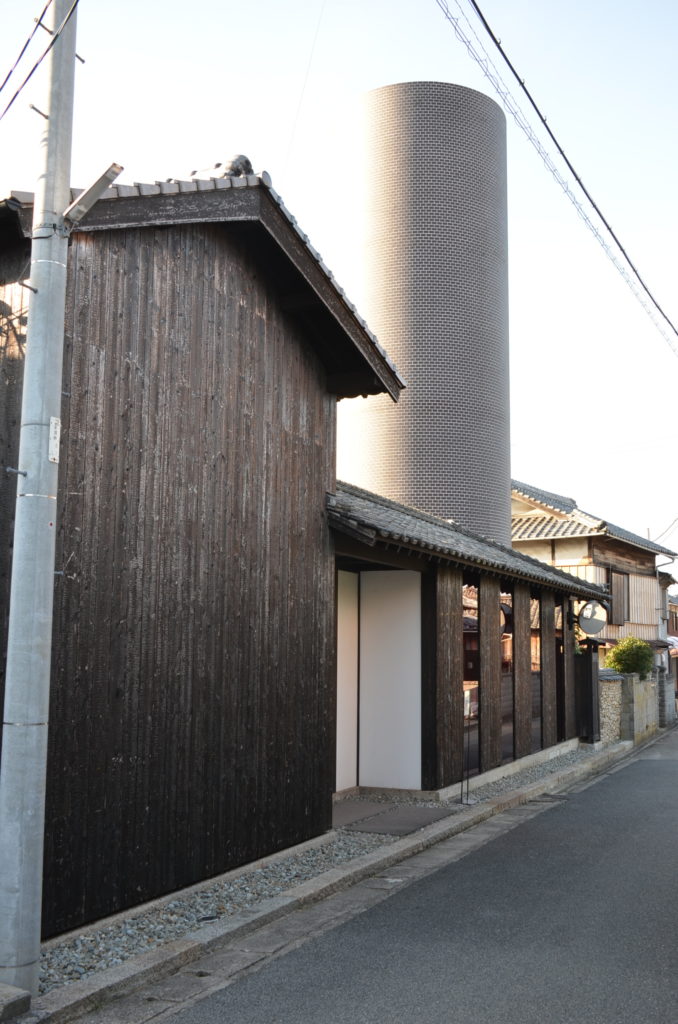
Photos are not allowed inside, and overall shots of the exterior are hard to get from the narrow streets, but this is the entry to the home.
The most moving space is the silo-like structure. It appeared at first to be something you simply look into. It took the docent to tell me you could actually enter the space. The juxtaposition between the glass floor and the darkness completely fool the eye. Once inside it is hard to leave, it is filled with old postcards right up to the top and is such a warm and comfortable space to enjoy, it was a very memorable experience.
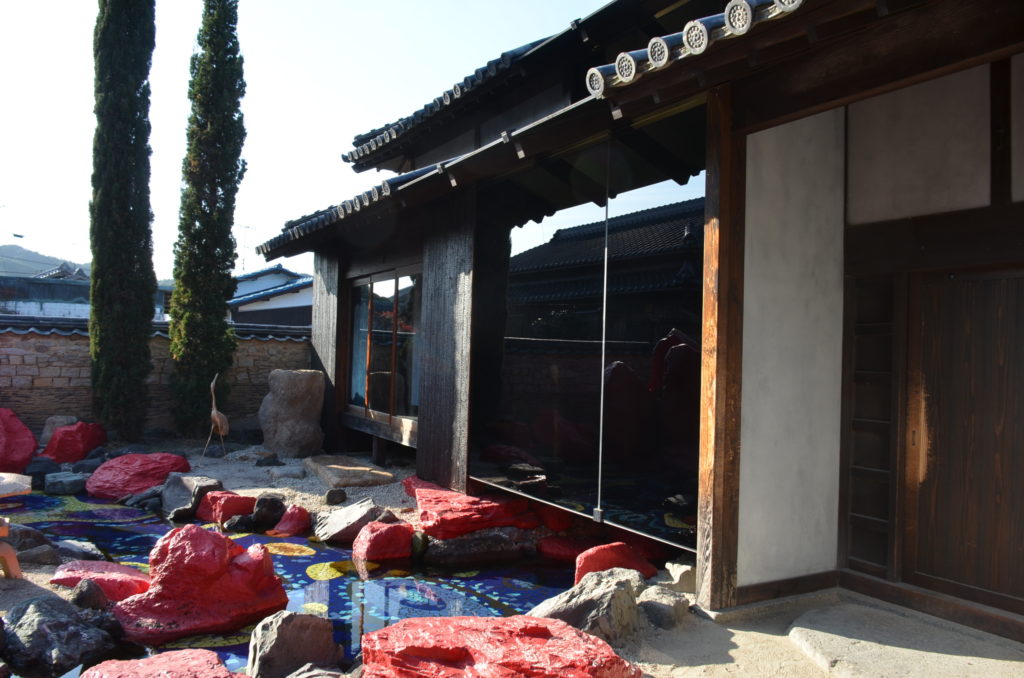
The mosaic stream, filled with koi, continues under the house. It can be enjoyed through the glass floors.
As I mentioned much of the sites are closed during the winter, but you will trip over outdoor pieces. A really fun one, that looks like it belongs there because it is on a playground. Installed for the 2013 Triennale, it is by Spanish artists Jasmine Llobet and Luis Fernandez Pons.
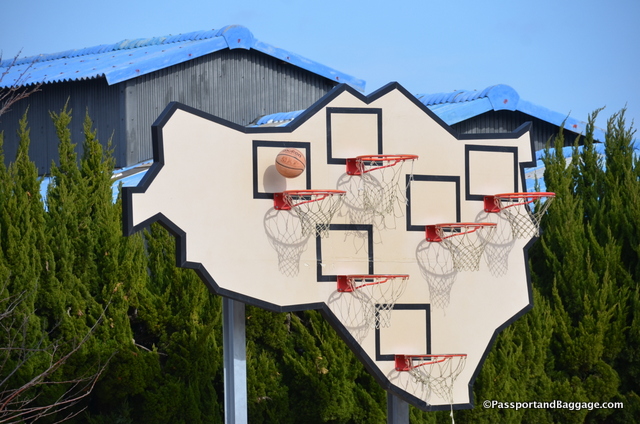 “No one wins – Multibasket” creates a place where both the local residents and visitors can simply play basketball. There are multiple hoops and players must use their imagination and make up their own rules.
“No one wins – Multibasket” creates a place where both the local residents and visitors can simply play basketball. There are multiple hoops and players must use their imagination and make up their own rules.
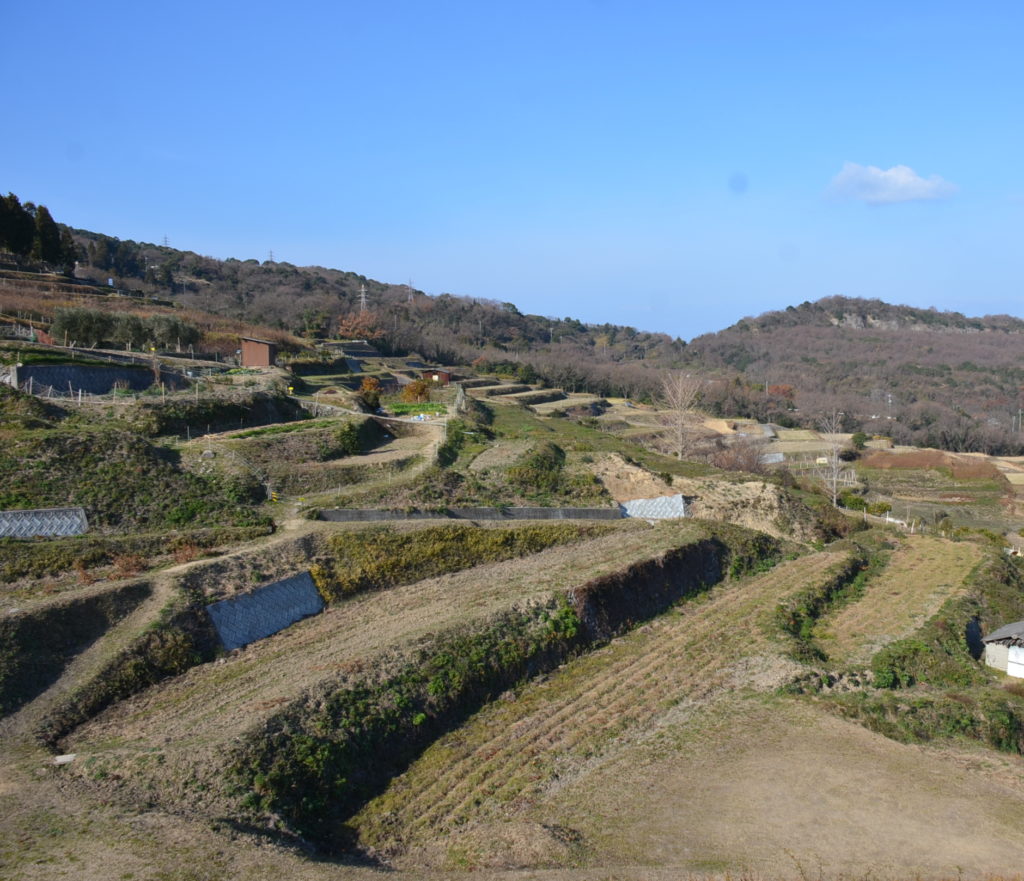
As you wander the island you come across the rice fields that are being brought back to life with the help of the Tashima Art Museum
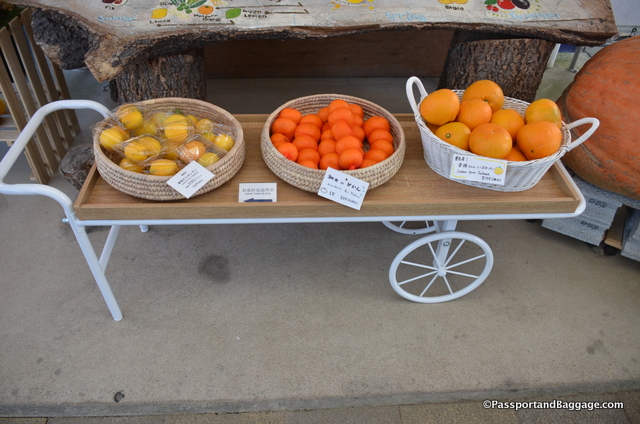
Everyone’s yards were filled with various types of citrus trees. These consisted of Lemons, Mandarins, and Iyolans.
I always enjoy viewing temples when I can, there are several on the island, but this one was truly special
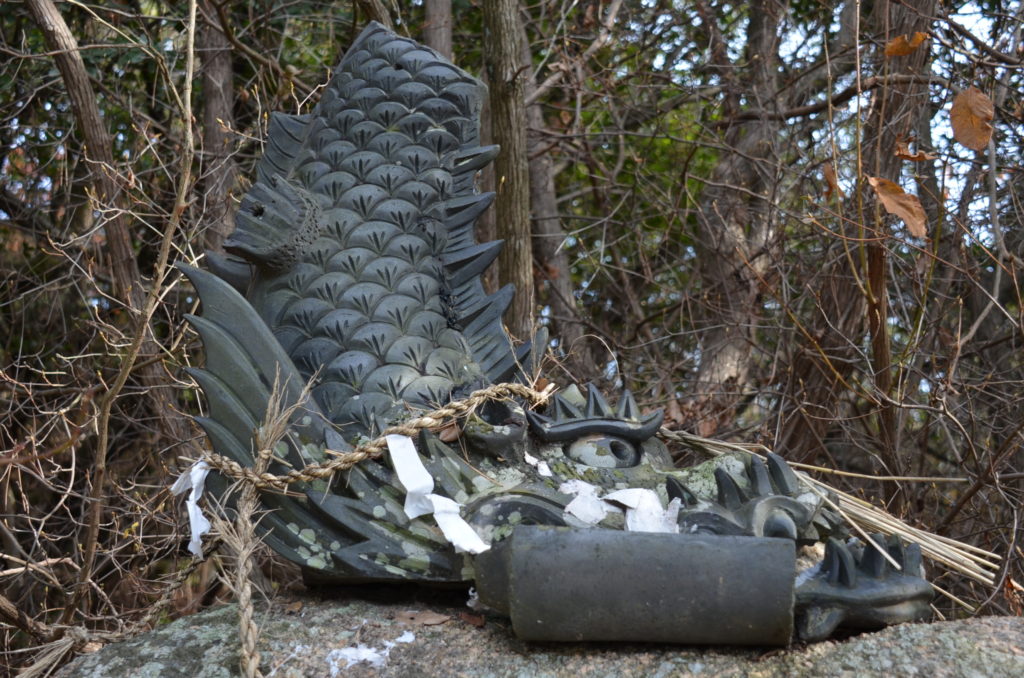
On an island with a fishing industry, a fish Kami seems to me to be a normal thing to see at a shrine.
Getting to Teshima requires some planning, the ferries only run a few times a day. A good 5 hours should be allotted to the island, and remember I was there in the winter when the lines were either very, very short or non-existent.
Once you arrive there is an easy to miss area with bike rentals and a gift shop. Here you will find the Teshima Guide that tells you everything that is open or closed for the day.
Renting bikes is the best way to get around the island, you can get an electric one if the hills are intimidating for you. Otherwise, for ¥100 per ride (about $1US), you can hop on the local bus. It also doesn’t run very often, but walking is very easily supplemented with a few bus rides to cover the longer distances between ports.
Tobias Rehberger is a German artist that does full exhibit installations with optical illusions. This is one of the permanent collections that was closed for the winter
Also in the Ieura area is the Needle Factory, another permanent exhibit that is closed for the winter.
Artist Shinro Ohtake takes an abandoned sewing needle factory and inserts and abandoned fishing boat for a full-size statement.
Teshima is a wonderful island, strolling is easy, and art is accessible. One will go for the Teshima Art Museum, but there is oh so much more.

